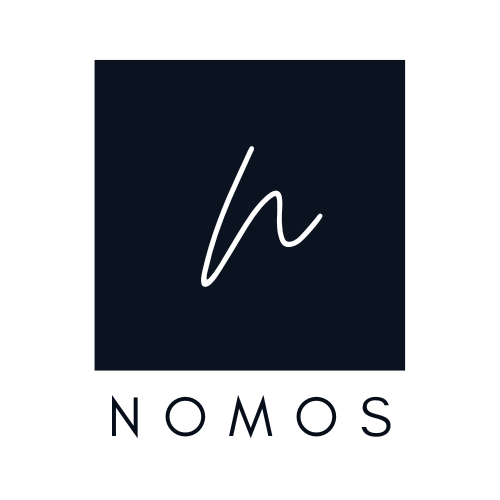Do not get scared by the complexity of the architecture diagrams. They are designed to provide a clear understanding of how NOMOS operates at a low level, and each component plays a crucial role in the overall functionality of the framework.
System Overview
The following diagram shows the high-level architecture of NOMOS, including its core components and their relationships:Agent Lifecycle and Session Management
This diagram illustrates how agents are created, sessions are managed, and how the system handles user interactions:Flow Management Architecture
This diagram shows how flows organize steps and manage context transitions:Decision Making and Tool Execution
This diagram illustrates how the LLM makes decisions and executes tools within the step-based architecture:API and Client Architecture
This diagram shows the API layer and how different clients interact with the system:Memory and Context Management
This diagram illustrates how NOMOS manages different types of memory and context across sessions and flows:Tool System Architecture
This diagram shows how NOMOS integrates and manages different types of tools:Development and Deployment Architecture
This final diagram shows the development workflow and deployment options for NOMOS agents:Summary
The NOMOS architecture is designed around several key principles:- Modular Design: Each component has a specific responsibility and can be tested independently
- State Machine Reliability: Agent behavior is predictable and auditable through step-based transitions
- Flow Organization: Related steps are grouped into flows with shared context and components
- Memory Hierarchy: Different levels of memory management for sessions, flows, and context transfer
- Tool Integration: Unified interface for custom, external, and package-based tools
- API-First Design: RESTful and WebSocket APIs enable diverse client integrations
- Production Ready: Built-in persistence, monitoring, and scaling capabilities

